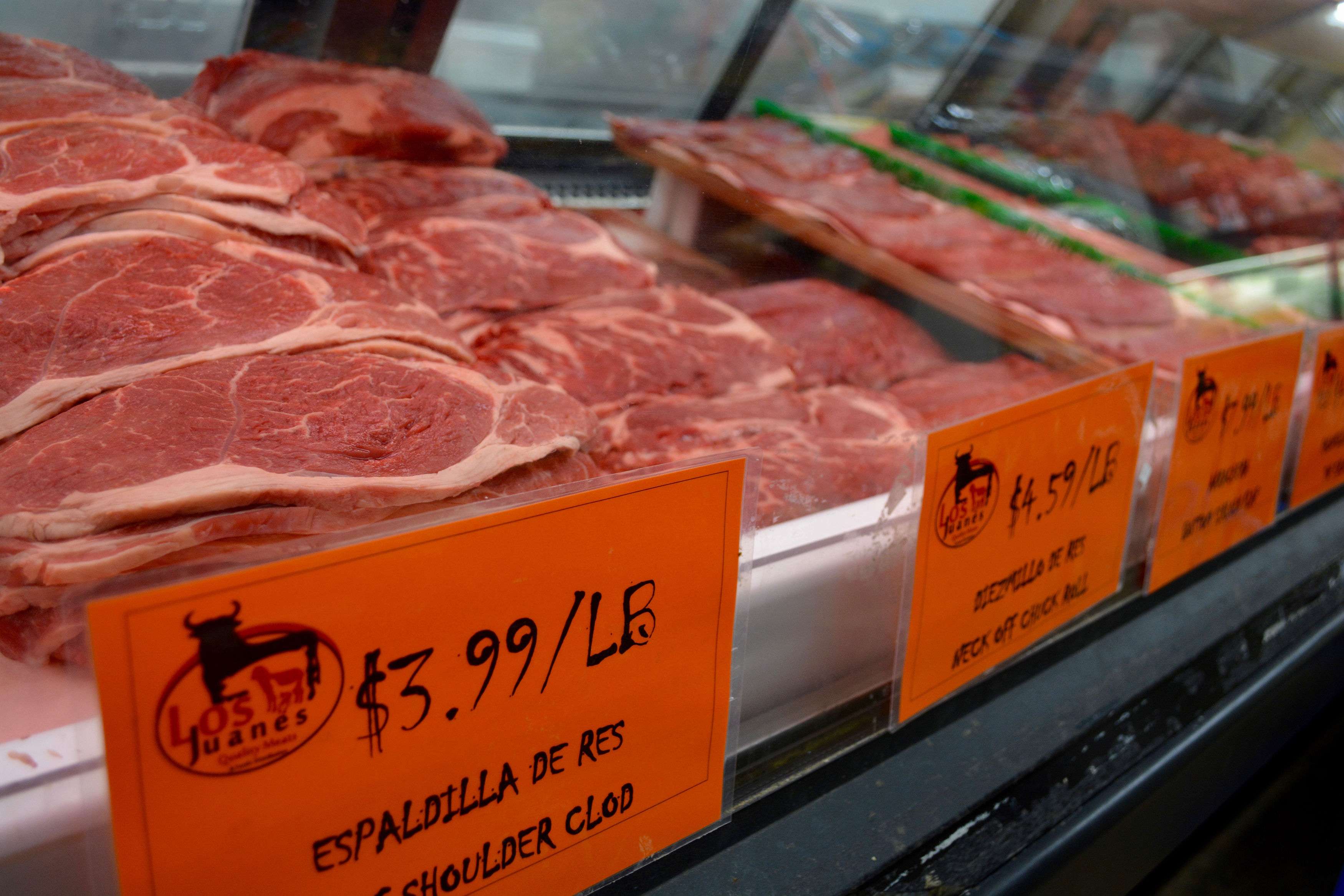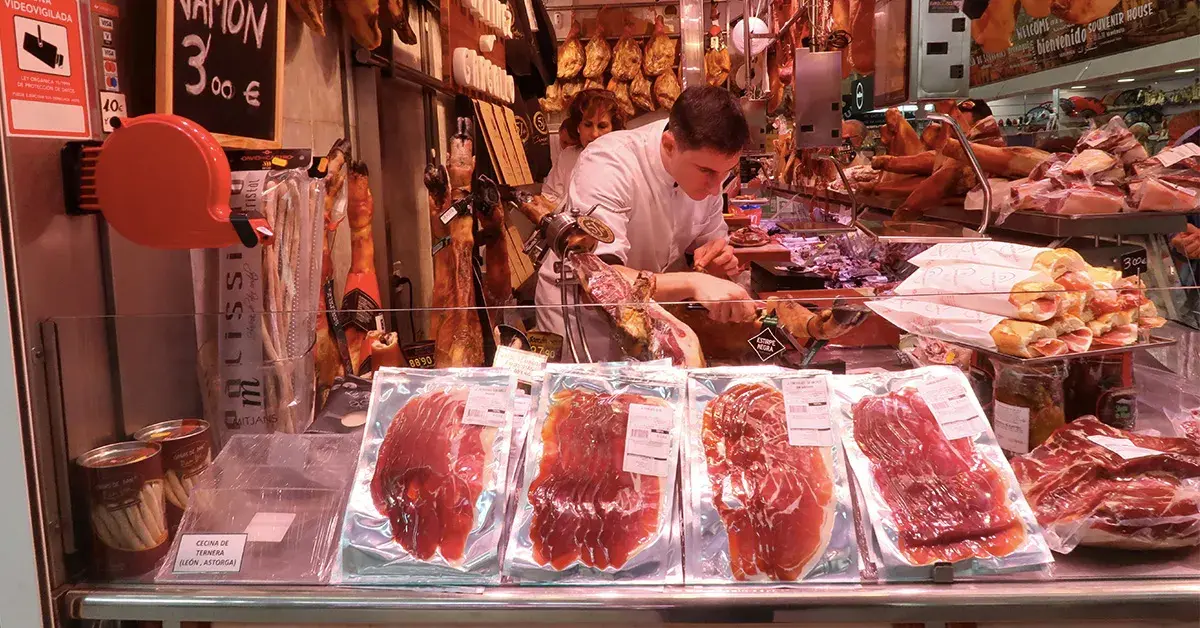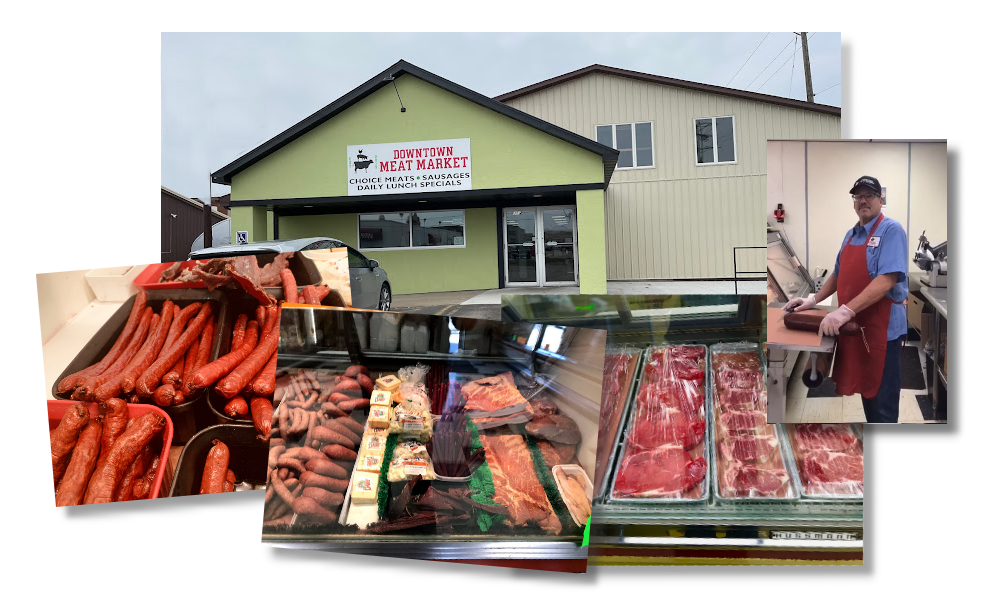What Makes Bagley Farms Meat Market Edwardsville IL Stick Out for Meat Lovers
What Makes Bagley Farms Meat Market Edwardsville IL Stick Out for Meat Lovers
Blog Article
Discover the Art of the Butcher's Cut in a Modern Meat Market
In the ever-evolving landscape of modern meat markets, the butcher's cut has transcended its standard origins, combining age-old workmanship with modern techniques. What truly establishes the modern-day butcher apart is their ability to forge a deeper connection in between customers and the origins of their meat.
Advancement of Butchery Strategies

The mid-20th century saw butchery techniques further improved by clinical understandings into muscle biology and meat aging, boosting both tenderness and preference. Innovations like vacuum product packaging and refrigeration expanded item shelf-life, permitting butchers to branch out offerings and boost quality assurance. This period additionally marked the rise of specific devices, such as band saws and meat slicers, which boosted accuracy and efficiency in meat processing.
The 21st century has actually presented digital technology right into the butchery realm. Electronic systems currently aid in tracking animal provenance and maximizing cuts to meet details customer choices. Additionally, a renewal in artisanal butchery has actually arised, blending standard abilities with modern knowledge to deal with consumers seeking ethical and sustainable meat alternatives. This development highlights a vibrant interplay in between tradition and technology, meeting contemporary demands while protecting the craft's heritage.

Comprehending Meat Cuts

Recognizing the details of meat cuts is essential for both butchers and customers seeking top quality and worth. Each cut originates from a different component of the pet, imparting one-of-a-kind tastes, textures, and cooking techniques. Mastery of these distinctions not only boosts culinary experiences however also takes full advantage of the utility of each carcass. For butchers, accurate cuts show ability and regard for the craft, guaranteeing very little waste and optimum return.
The key classifications of meat cuts consist of primitive, sub-primal, and retail cuts. Butchers then break these down further into sub-primal cuts, before finally generating retail cuts readily available to consumers, like ribeye or tenderloin.
Comprehending muscle make-up is vital; muscle mass made use of much more regularly by the animal tend to be harder and are best fit for slow food preparation approaches, while less-used muscle mass, like those located in the loin, are much more tender and perfect for barbecuing or roasting. Knowledge with these distinctions encourages consumers to make enlightened selections, boosting their culinary ventures.
Selecting Quality Meat
Selecting the appropriate meat entails even more than simply picking an aesthetically attractive item from the screen. The art of choosing top quality meat requires a critical eye and expertise of particular characteristics that represent freshness and quality.
Secondly, think about the marbling, which refers to the white flecks of fat within the muscle mass. Proper marbling is a crucial indication of tenderness and flavor, as it melts during food preparation, improving the meat's juiciness. Remember, greater marbling commonly correlates with exceptional high quality cuts, such as USDA Prime.
Texture is an additional vital factor; meat needs to feel strong to the touch, not slimy or extremely soft. Additionally, bear in mind Visit Website the fragrance. Fresh meat should have a tidy, neutral smell, devoid of any type of sour or off-putting smells.
Combining Cuts With Food Preparation Techniques
Efficiently combining cuts of meat with the suitable cooking techniques is important for attaining optimum flavor and appearance. These methods boost the meat's natural flavors and guarantee a juicy coating.
On the other hand, tougher cuts like brisket and chuck roast are rich in collagen, which damages down into jelly when prepared slowly. These cuts are optimal for braising or slow roasting, enabling the meat to soften with time and establish deep, complicated tastes. Likewise, cuts such as brief ribs and pork shoulder prosper with slow-cooking techniques, where prolonged cooking times change their durable structures right into delicious recipes.
Lamb shanks and oxtail, which need long term food preparation to soften, are perfect candidates for cooking or slow-moving simmering. These methods coax out rich, hearty tastes while keeping dampness. By understanding the special characteristics of each cut, Continued chefs and home cooks alike can raise their culinary developments, making certain each recipe is both satisfying and unforgettable.
The Butcher's Function Today
Browsing the advancing landscape of the modern-day meat market, the butcher's duty today prolongs past plain prep work of cuts. Contemporary butchers are cooking artisans, instructors, and advocates for sustainable methods.
In addition to crafting accurate cuts, butchers currently involve directly with clients, offering cooking recommendations and customizing choices to match individual requirements and choices. Their experience in meat aging, marbling, and flavor accounts encourages consumers to make educated choices, enhancing their culinary experiences. This tailored service exemplifies the butcher's progressing duty as a trusted consultant in the cooking area.
Moreover, butchers are critical in decreasing waste, utilizing whole animals to produce varied items such as sausages and stocks - bagley farms meat market edwardsville il. This extensive technique not just respects the animal however additionally straightens with modern sustainability goals. This way, the modern-day butcher personifies both tradition and development, adapting to an ever-changing market while maintaining the virtuosity and integrity of their craft

Conclusion
The contemporary butcher's craft intricately weaves traditional strategies with contemporary developments, emphasizing sustainable methods and ethical sourcing. Mastery in comprehending varied meat cuts and high quality indications equips butchers to give educated referrals, lining up details cuts with ideal cooking techniques. next page This competence not only raises culinary experiences however also enhances the connection between customers and the origins of their food. By recognizing historical methods while embracing contemporary needs, the butcher's role continues to be important in today's innovative meat market.
Report this page